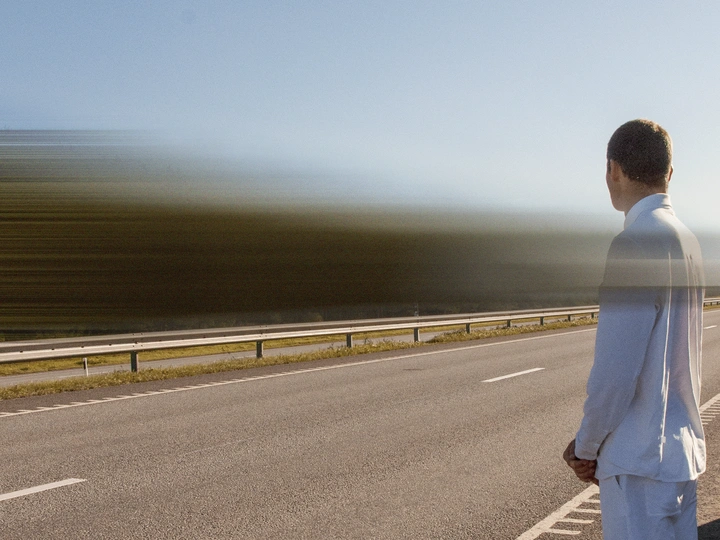Noisephony

Taavi Suisalu is an artist that conjures cultural-ecological contexts that act on technical, metaphorical and poetical levels. Suisalu’s work balances between artistic and scientific approaches, studio and fieldwork and his practice is informed by phenomena of contemporary society and how developments in technologies shape our environments and influence behavior, perception and thinking of social beings.
Suisalu has recorded volcanoes and malfunctioning satellites, composed for lawnmowers, blended living and digital ecosystems, explored datafictions and discrepancies between digital immigrants and natives. In 2014, he received the Young Estonian Artist Prize for curating a distributed exhibition throughout non-existent villages of Southern Estonia. In 2017, his work Distant Self-Portrait was awarded 2nd prize in Riga Photography Biennial Awards. In 2018 he was one of the selected artists to participate in the European Media Art Platform. In 2022 Suisalu was awarded a residency at ISCP in New York. In 2024 he participated in the art-science residency at the Arctic Circle around Svalbard in the high Arctic. His work has been exhibited internationally.
Helmi Marie Langsepp is an architect whose work engages with infrastructures and spatial extremes, exploring the dynamics and possibilities between human presence and natural forces in boundary conditions. She is the founder of the experimental architecture studio Lee Ell and a PhD student and an early stage researcher at Tallinn University of Technology, where her research focuses on temporary infrastructures and nature-based solutions for High Arctic climates.
Helmi is also engaged in writing, and in addition to publishing numerous articles, Helmi Marie’s studio Lee Ell publishes Space Choreography, a publication that connects contemporary dance and architecture—exploring the spaces we create and experience through movement.
Traffic pollution is an increasingly growing problem, and even in Estonia, where there are no highways, the Road Administration has approved a draft for the creation of new noise barriers. Infrastructure creation—including noise barriers—is an opportunity and potential to enrich the spatial environment and to mediate the phenomena of the present that we ourselves create.
Road noise takes on a different character when placed alongside the soundscapes of nature, such as the murmur of the sea or the rustling of the wind.The nuisance becomes a fascinating substance, which we feel is a more promising starting point. The aim of our work is to explore noise-clamor-sound-rumble as a substance and to seek ways of creating noise-mediating elements that enrich space—elements that perhaps do not even need to be walls creating separation. One research direction is the principle of a sonic crystal, which consists of periodically arranged diffusers, such as cylinders or spheres, placed in a specific pattern. This kind of structure influences the propagation of sound waves, creating so-called band gaps in certain frequency ranges where sound transmission is significantly impeded.
Besides noise, the difference in speeds is also important in areas alongside roads. This refers to the difference in tempos, which, in addition to danger, also has a perceptual aspect. One could say that even silent vehicles speeding down a road and a peaceful home yard might need some mediating element between them. Something that reconciles different speeds: rushing and slowing down. This is a spatial question that requires a spatial solution.
The work is currently in the research and experimentation phase, but we aim to develop it further into a solution that could be implemented as experimental infrastructure along roadsides in Estonia and/or other countries.